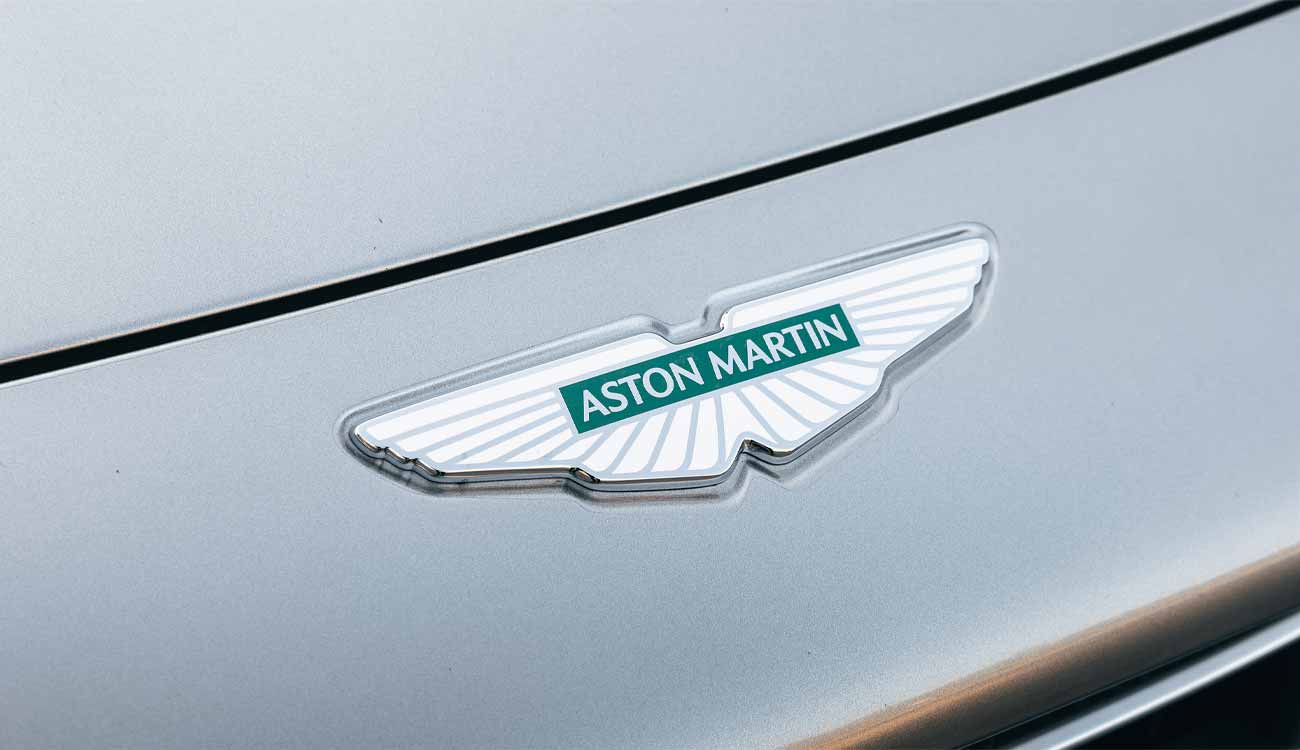Aston Martin, the luxury automaker synonymous with elegance and speed, is navigating turbulent waters amidst financial headwinds. Faced with weakening profits and global economic challenges, the British carmaker has announced strategic moves that could redefine its future.
Here’s what’s happening and why it matters for the brand and its storied legacy.
Financial Challenges Force Strategic Shifts
Aston Martin has revised its profit forecast, now expecting to break even by 2025 instead of turning a profit this year. Like many automakers, the company is grappling with economic pressures, including U.S. tariffs and a dip in demand from the Chinese market. These challenges have pushed the company to take bold measures, including selling its 4.6% stake in the Aston Martin Formula 1 team.
The sale, valued at $146 million, will inject much-needed liquidity into Aston Martin’s road car division. The move ensures continuity in day-to-day operations without significantly disrupting the race team, which will continue to compete under the “Aston Martin Aramco Formula One Team” name due to a long-term commercial agreement.
It’s worth noting that Aston’s F1 team has gone through several transformations, previously known as Racing Point before its 2021 rebranding, and even earlier, as Force India. Despite this divestment, the team’s branding remains securely tied to Aston Martin’s prestigious name.
Yaw Tree Investments Strengthens Its Hold
Simultaneously, Yaw Tree Investments, the Lawrence Stroll-led consortium and Aston Martin’s majority stakeholder, plans to increase its ownership from 27.67% to 33%. This ownership boost likely comes via an additional capital infusion, adding to the cash coming from the F1 stake sale. Together, these efforts position Aston Martin to maintain stable operations through the year.
Will Aston Martin Delist From the Stock Market?
One of the most anticipated moves for Aston Martin might involve going private. Analysts like Orwa Mohamad from Third Bridge have discussed the potential benefits of such a decision.
“Going private is being considered as a potential path forward,” Mohamad explains. “Simplifying its ownership structure could improve Aston’s agility, attract long-term strategic partners, and reduce the administrative and financial burdens of being publicly listed.”
Aston Martin’s stock performance certainly highlights the appeal of privatization. Since going public in 2018 at £19 ($25.30) per share, the company’s valuation has plummeted. Shares currently trade at just 71 pence ($0.94), bringing its market cap down to $1.01 billion from a peak of $5.76 billion.
Strategic Cost Management for Long-Term Survival
Internally, Aston Martin is executing cost-reduction strategies with a focus on bill-of-materials optimization, a move aimed at lowering production costs. However, analysts predict that significant gross margin recovery won’t occur until 2027 or beyond.
One silver lining for the company is its affluent customer base. Wealthy buyers in the ultra-luxury segment are less affected by inflation and economic fluctuations, providing Aston Martin with some resilience. Their robust purchasing power allows the brand to maintain pricing flexibility, even during challenging times.
“Despite these challenges, Aston Martin’s client base offers a degree of insulation,” Mohamad points out. “Buyers in the ultra-luxury segment remain a reliable pillar for the brand.”
What’s Next for Aston Martin?
Aston Martin is undoubtedly facing a pivotal moment. Whether through privatization, strategic investments, or its focus on efficiency and luxury offerings, the iconic brand is taking calculated steps to safeguard its legacy.
The road ahead may be challenging, but Aston Martin’s resilience and strategic maneuvering could very well secure its place as a leader in the luxury automotive industry.
Stay tuned as this story develops.








